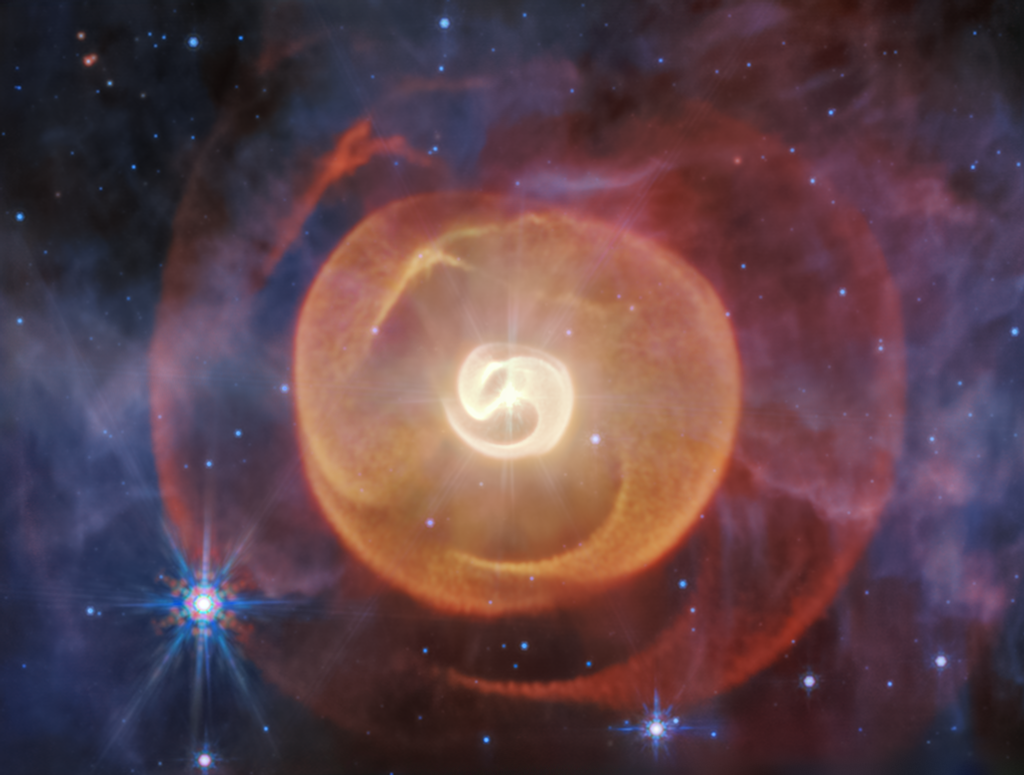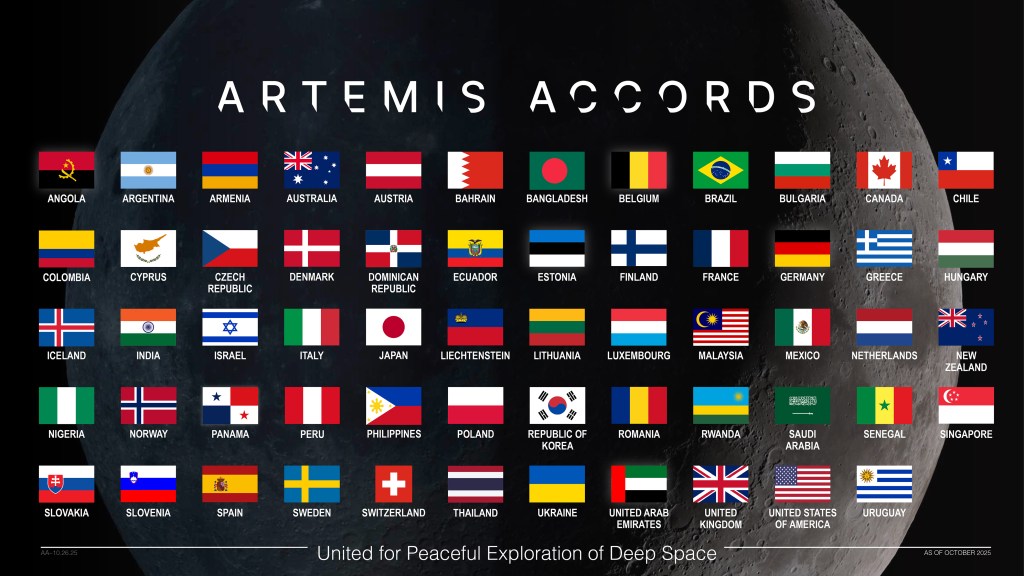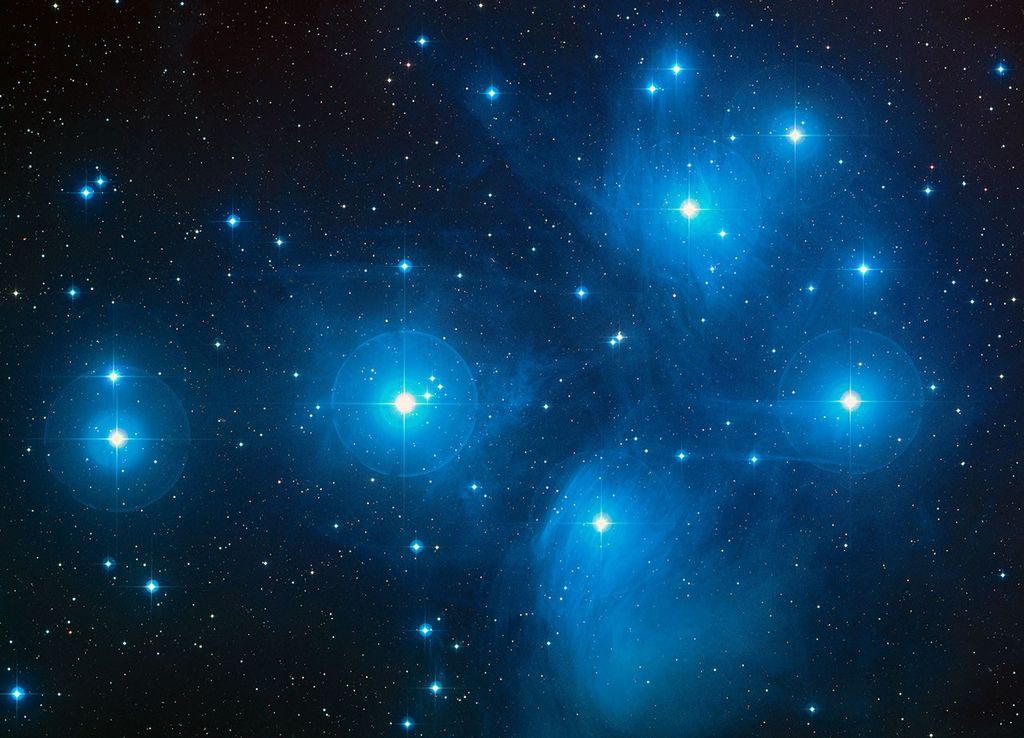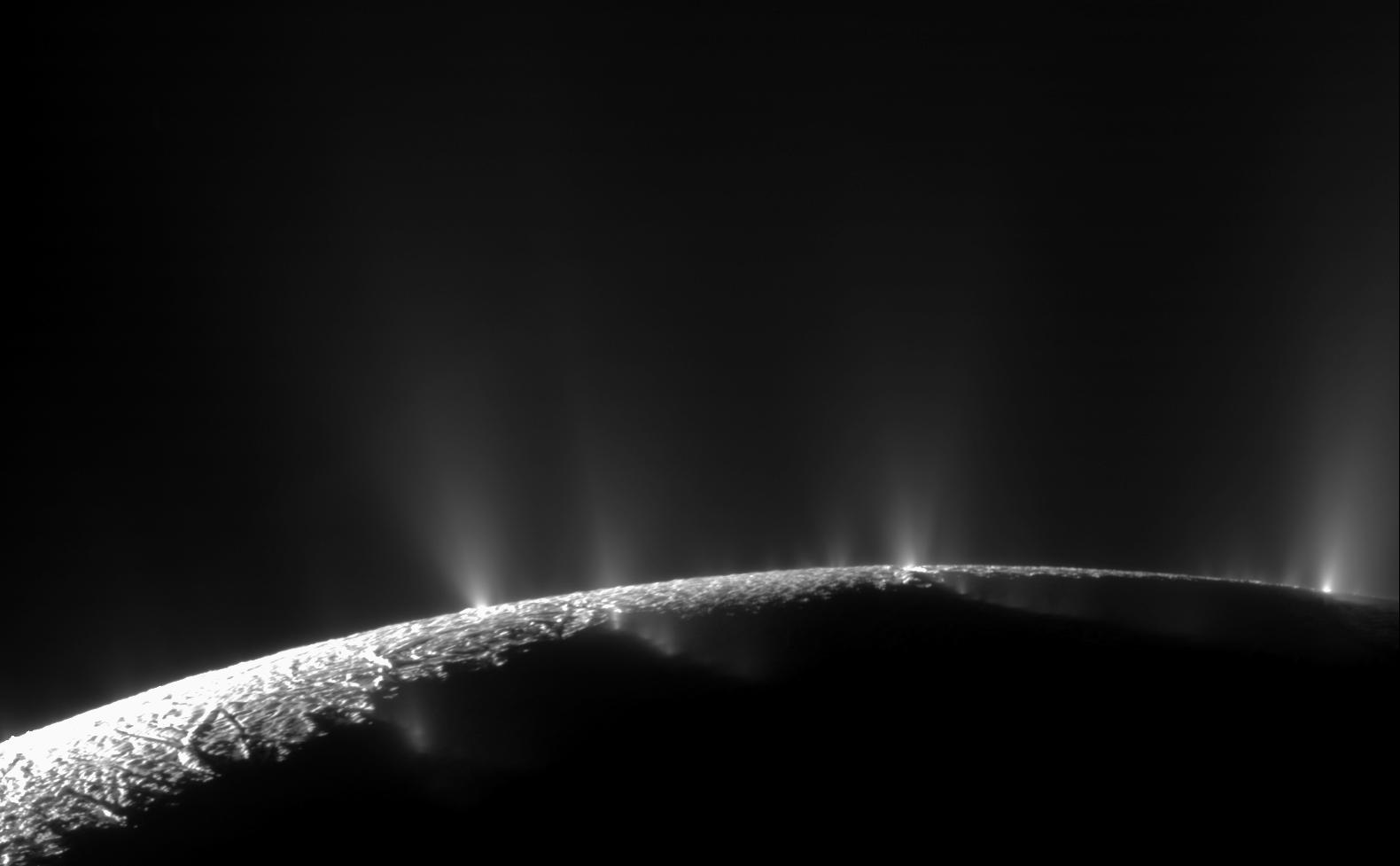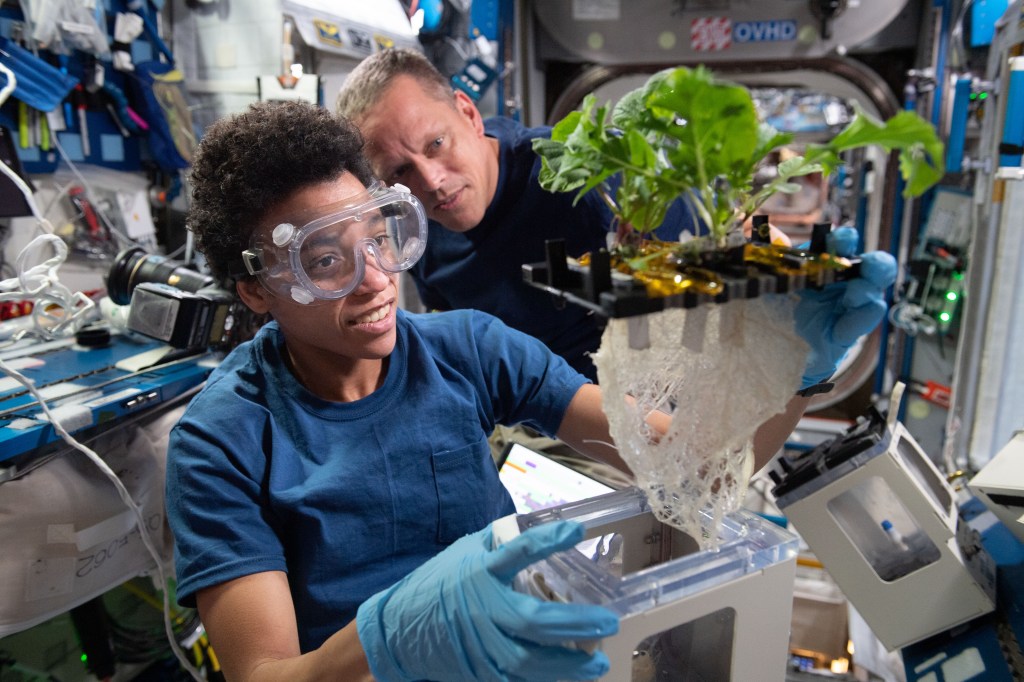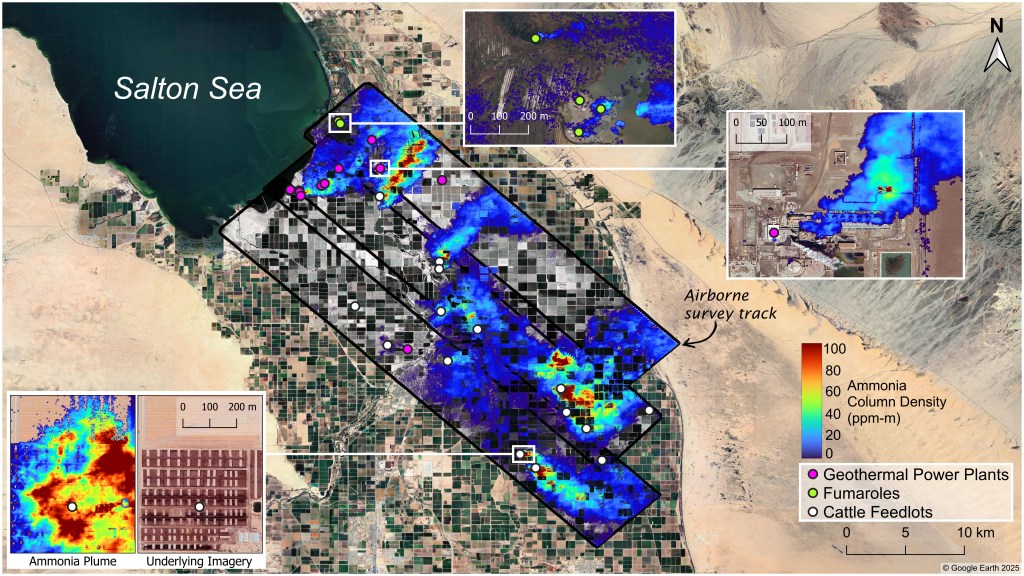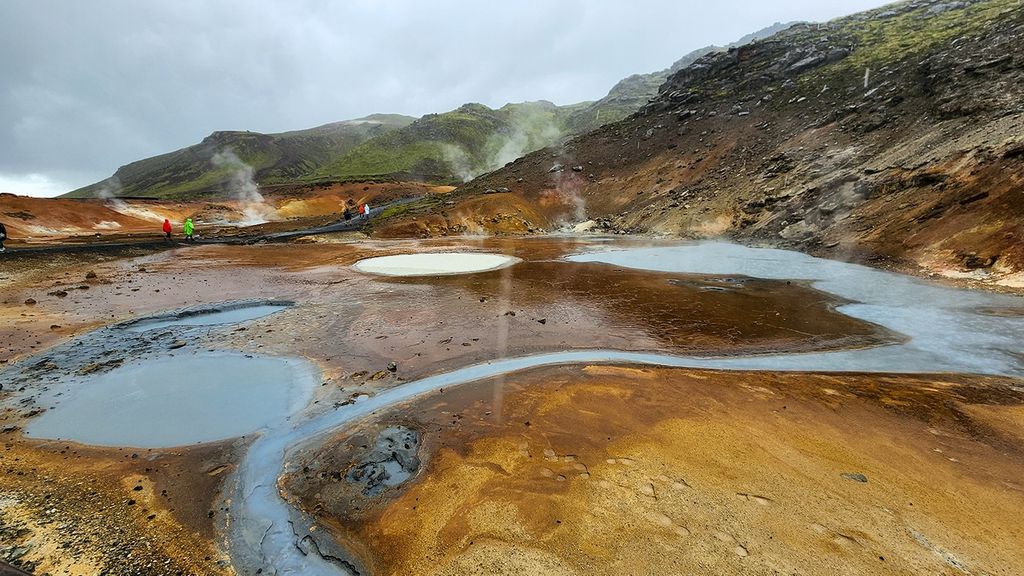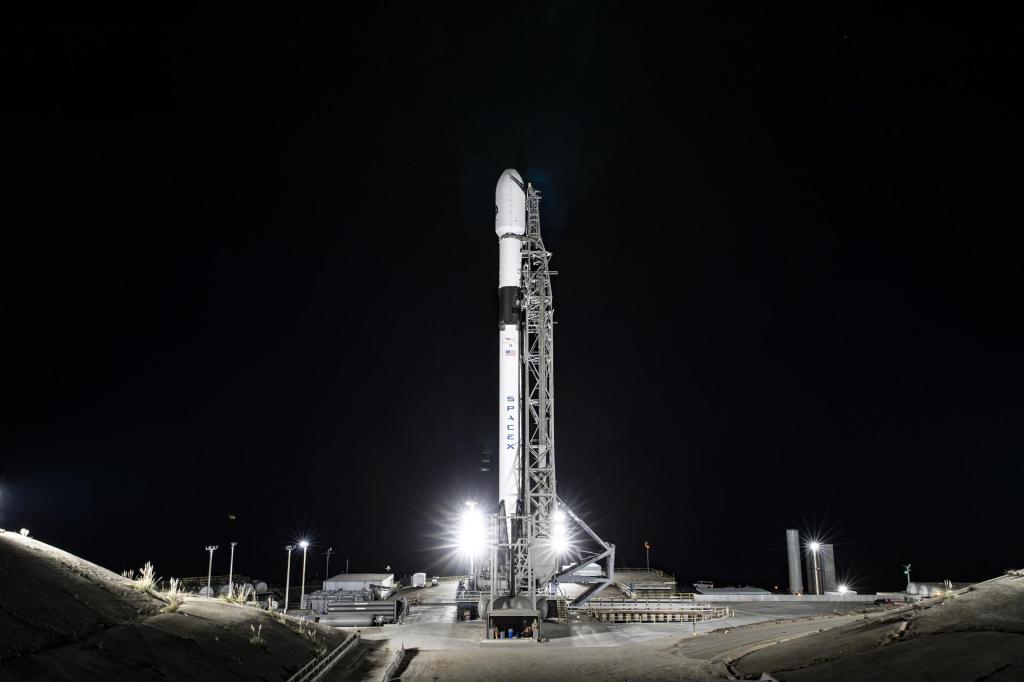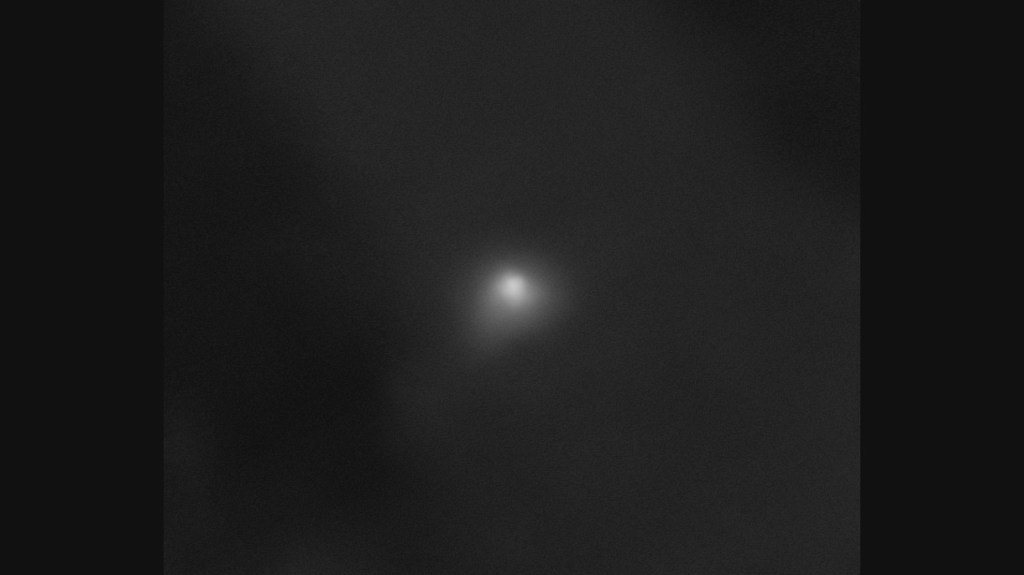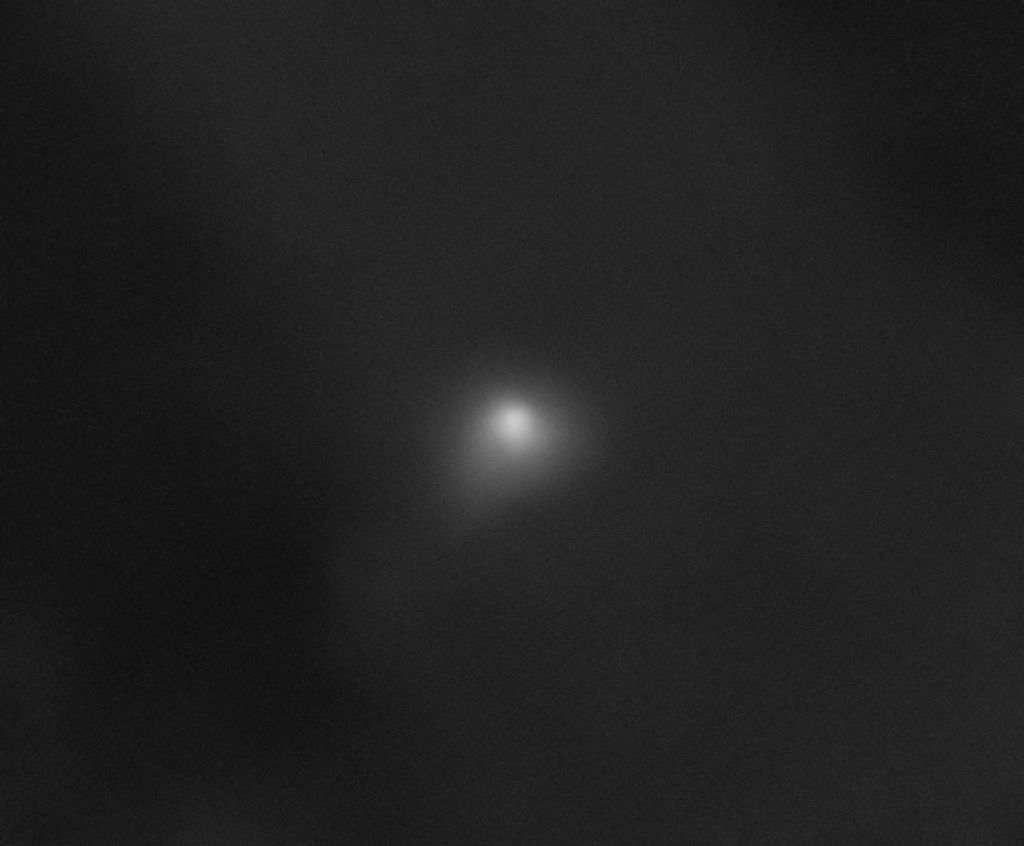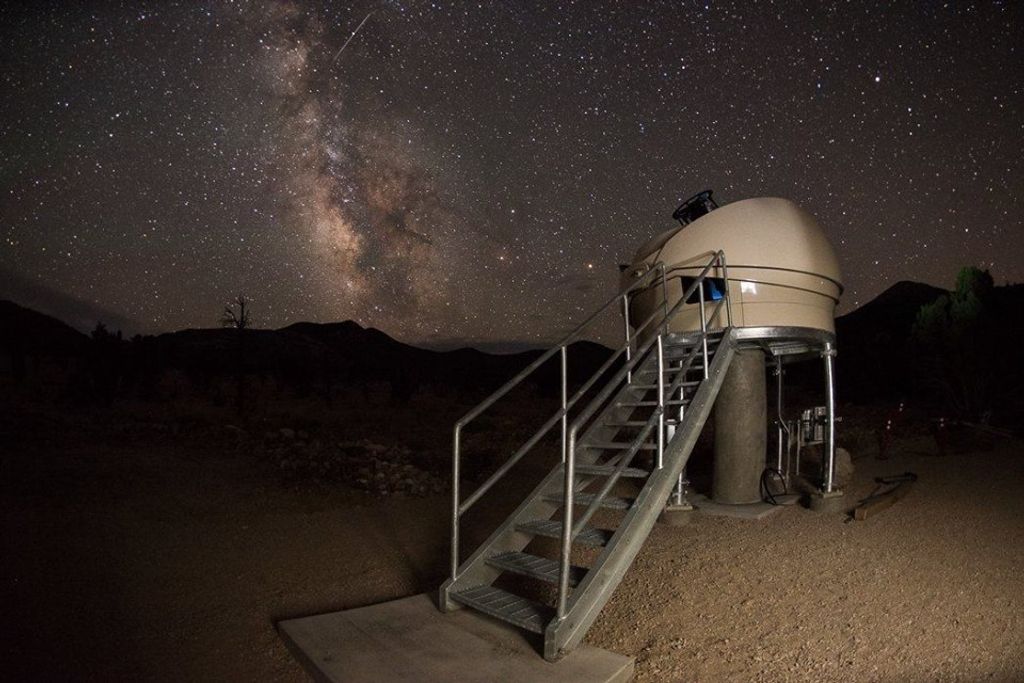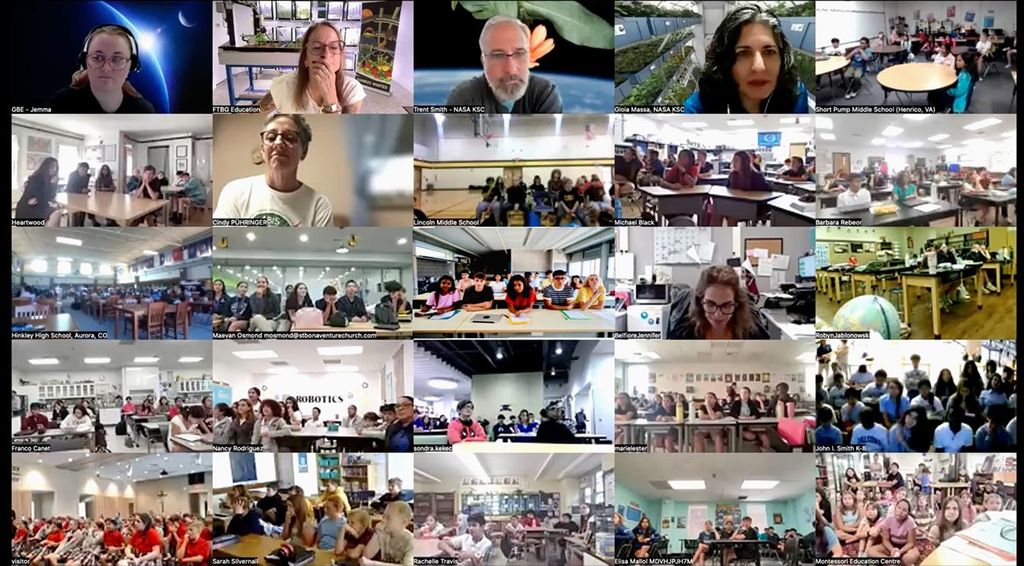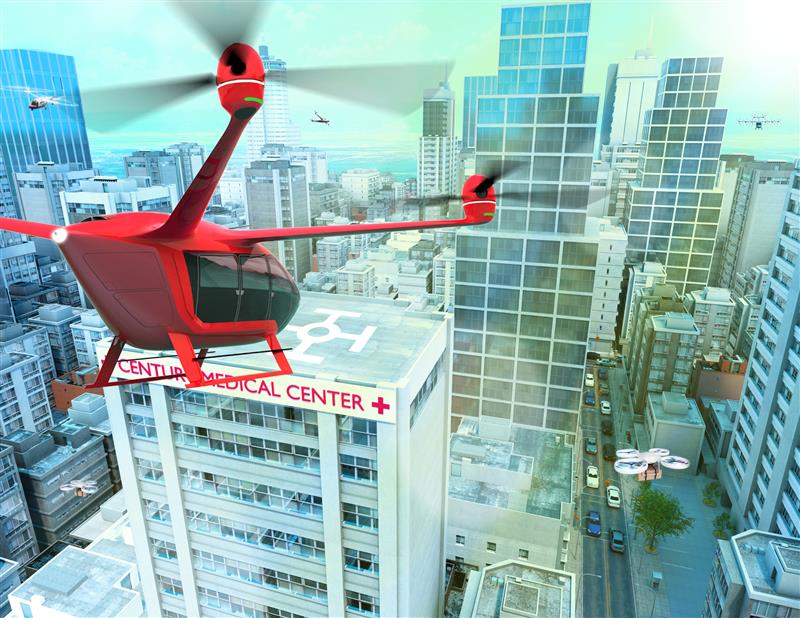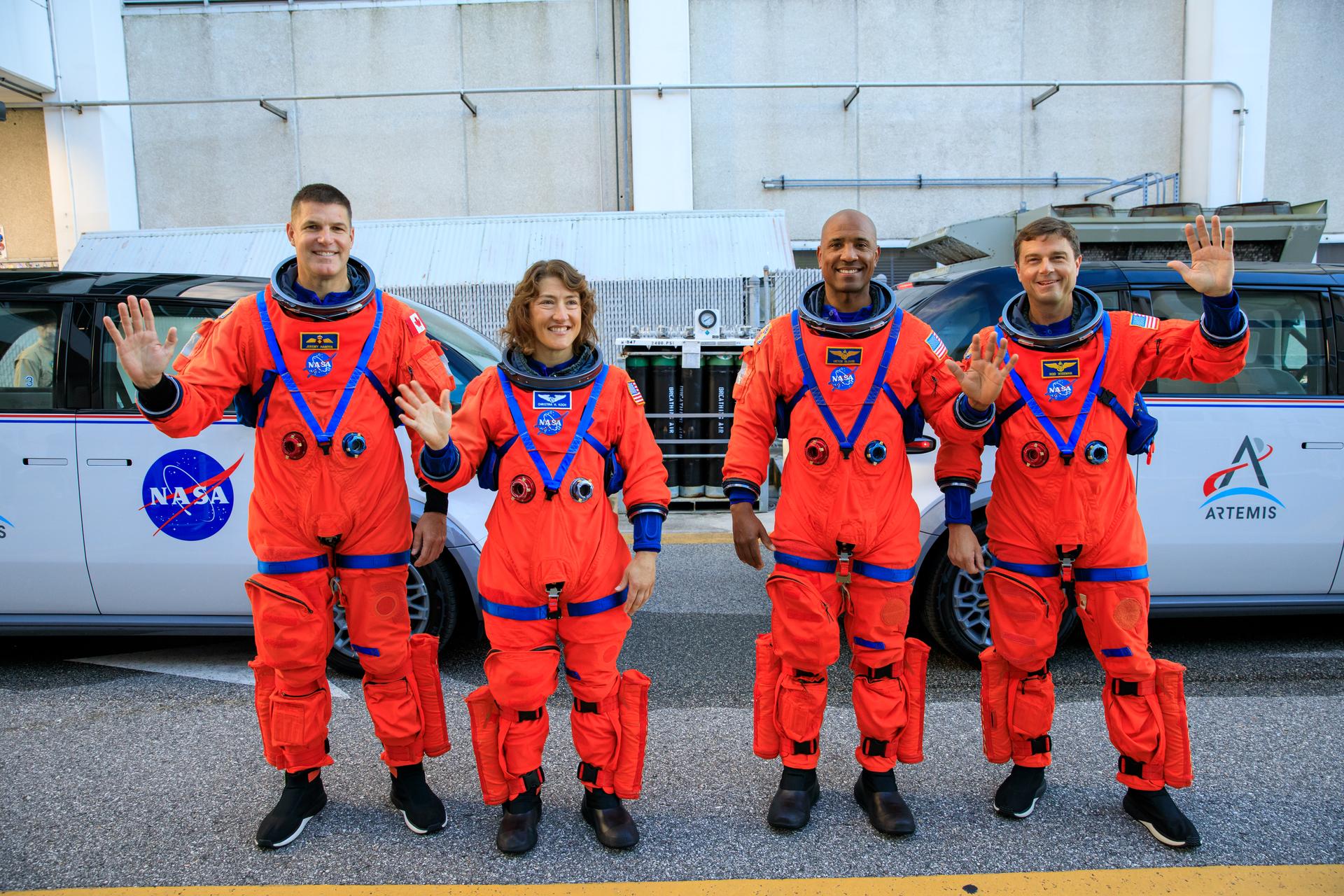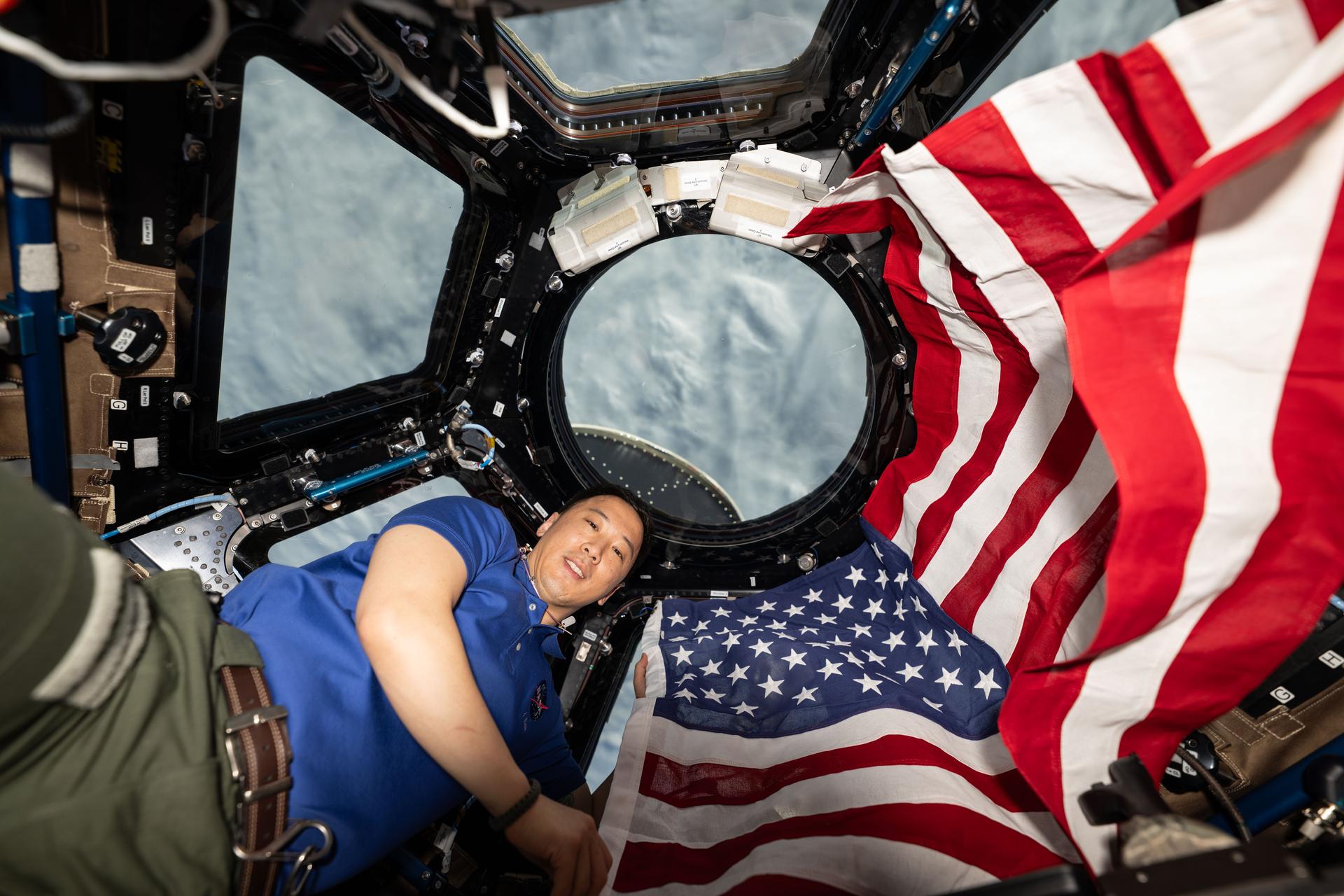1 min read
A Giant Star Factory in Neighboring Galaxy NGC 6822

Resembling curling flames from a campfire, this magnificent nebula in a neighboring galaxy is giving astronomers new insight into the fierce birth of stars as it may have more commonly happened in the early universe. The glowing gas cloud, called Hubble-V, has a diameter of about 200 light-years. A faint tail of nebulosity trailing off the top of the image sits opposite a dense cluster of bright stars at the bottom of the irregularly shaped nebula. NASA's Hubble Space Telescope's resolution and ultraviolet sensitivity reveals a dense knot of dozens of ultra-hot stars nestled in the nebula, each glowing 100,000 times brighter than our Sun. These youthful 4-million-year-old stars are too distant and crowded together to be resolved from ground-based telescopes. The small, irregular host galaxy, called NGC 6822, is one of the Milky Way's closest neighbors and is considered prototypical of the earliest fragmentary galaxies that inhabited the young universe. The galaxy is 1.6 million light-years away in the constellation Sagittarius.
The Hubble-V image data was taken with Hubble's Wide Field Planetary Camera 2 (WFPC2) by two science teams: C. Robert O'Dell of Vanderbilt University and collaborators, and Luciana Bianchi of Johns Hopkins University and Osservatorio Astronomico, Torinese, Italy, and collaborators. This color image was produced by The Hubble Heritage Team (STScI). A Hubble image of Hubble-X, another intense star-forming region in NGC 6822, was released by The Heritage Team in January 2001.
About the Object
- R.A. PositionR.A. PositionRight ascension – analogous to longitude – is one component of an object's position.19h 44m 52.9s
- Dec. PositionDec. PositionDeclination – analogous to latitude – is one component of an object's position.-14° 43' 11.79"
- ConstellationConstellationOne of 88 recognized regions of the celestial sphere in which the object appears.Sagittarius
- DistanceDistanceThe physical distance from Earth to the astronomical object. Distances within our solar system are usually measured in Astronomical Units (AU). Distances between stars are usually measured in light-years. Interstellar distances can also be measured in parsecs.About 500 kpc (1.63 million light-years)
- DimensionsDimensionsThe physical size of the object or the apparent angle it subtends on the sky.The cloud diameter is roughly 25 arcseconds. At the distance of NGC 6822, this is corresponds to approximately 200 light-years (60 parsecs).
About the Data
- Data DescriptionData DescriptionProposal: A description of the observations, their scientific justification, and the links to the data available in the science archive.
Science Team: The astronomers who planned the observations and analyzed the data. "PI" refers to the Principal Investigator.Note: This image was created from WFPC2 archival data from the science programs by C.R.O'Dell (Proposal 6159). Data were also taken from the HST program by L. Bianchi (Proposal 6567). Principal Astronomers: C.R.O'Dell (Vanderbilt University), P.W. Hodge (University of Washington), R.C. Kennicutt (University of Arizona;) L. Bianchi (JHU and Osservatorio Astronomico, Torinese, Italy), S. Scuderi (Osservatorio Astrofisico, Catania, Italy), P. Massey (Lowell Obs.), M. Romaniello (ESO). - InstrumentInstrumentThe science instrument used to produce the data.HST>WFPC2
- Exposure DatesExposure DatesThe date(s) that the telescope made its observations and the total exposure time.June 18, 1996; August 2, 1997, Exposure Time: 3.4 hours
- FiltersFiltersThe camera filters that were used in the science observations.Prop. 6159: F300W (U), F487N (H-beta), F502N ([O III]), F547M (Strömgren y), F656N (H-alpha), F658N ([N II])Prop. 6567: F555W (V)
- Object NameObject NameA name or catalog number that astronomers use to identify an astronomical object.Hubble-V, NGC 6822
- Object DescriptionObject DescriptionThe type of astronomical object.Gas Cloud in Galaxy NGC 6822
- Release DateDecember 6, 2001
- Science ReleaseA Giant Star Factory in Neighboring Galaxy NGC 6822
- CreditNASA, ESA, and The Hubble Heritage Team (STScI/AURA); Acknowledgment: C. R. O'Dell (Vanderbilt University) and L. Bianchi (Johns Hopkins University and Osservatorio Astronomico, Torinese, Italy)

Share
Details
Claire Andreoli
NASA’s Goddard Space Flight Center
Greenbelt, Maryland
claire.andreoli@nasa.gov

